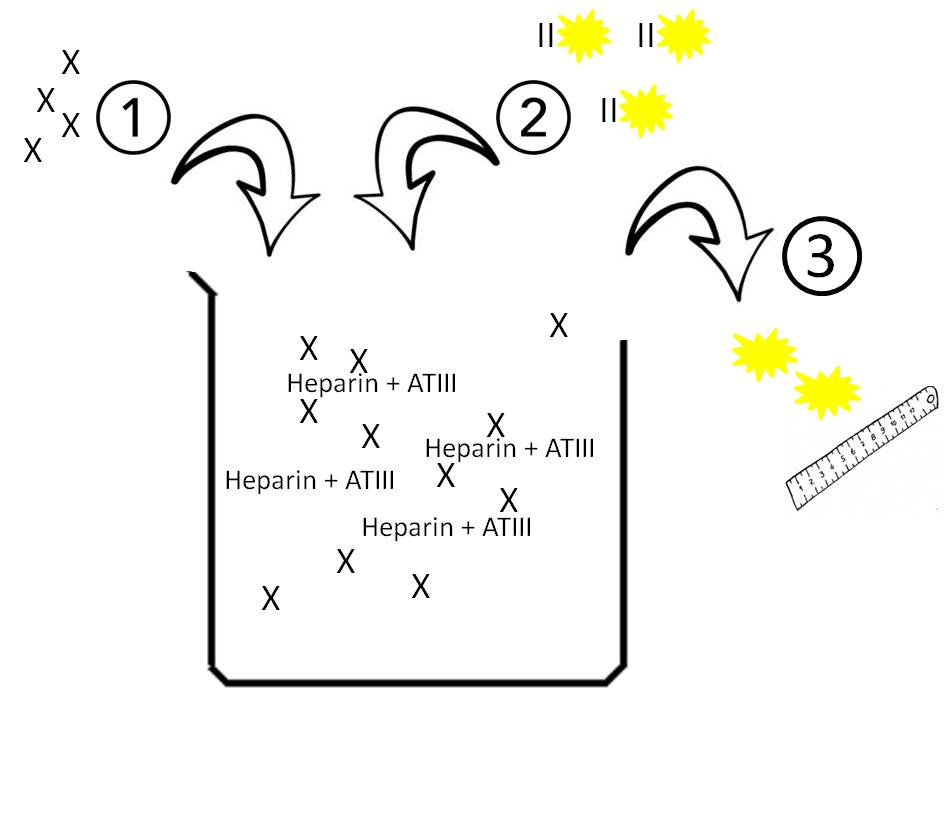The therapeutic range for anti-factor Xa activity depends on the dosing interval
Posted by in MedicineThe therapeutic range for anti-factor Xa activity depends on the dosing interval. Anti-factor Xa monitoring is prudent when administering weight-based doses of LMWH to patients who weigh > 150 kg. It has been determined that UFH infusion is preferable to LMWH injection in patients with creatinine clearance of < 25 mL/min, until further data on therapeutic dosing of LMWHs in renal failure have been published. However, when administered in low doses prophylactically, LMWH is safe for therapy in patients with renal failure. Protamine may help to reverse bleeding related to Reproduction of this article is prohibited without written permission from the American College of Chest Physicians. 
Correspondence to: Jack Hirsh, CM, MD, FCCP, Henderson Research Centre, 711 Concession St, Hamilton, ON L8V 1C3, Canada Pharmacy.
LWMH, although anti-factor Xa activity is not fully normalized by protamine. The synthetic pentasaccharide fondaparinux is a promising new antithrombotic agent for the prevention and treatment of venous thromboembolism.
Abbreviations: aPTT = activated partial thromboplastin time; AT = antithrombin; BMI = body mass index; CI = confidence interval; CrCl = creatinine clearance; DVT = deep-vein thrombosis; HC = heparin cofactor; HIT = heparin-induced thrombocytopenia; LMWH = low-molecular-weight heparin; MI = myocardial infarction; PF = platelet factor; RR = relative risk; rt-PA = recombinant tissue plasminogen activator; SC = subcutaneous; TBW = total body weight; UFH = unfractionated heparineparin, a heterogeneous mixture of branched aminoglycans, was discovered to have antithrombotic properties by McLean almost 90 years ago. Brinkhous and associates then demonstrated that heparin is an indirect anticoagulant, requiring a plasma cofactor.
This cofactor was subsequently named antithrombin (AT) III by Abildgaard in 1968 and now is referred to simply as AT. The main anticoagulant action of heparin is mediated by the heparin/AT interaction. The mechanism of this interaction was elucidated by Rosenberg and colleagues and Lindahl et al in the 1970s. Heparin binds to lysine sites on AT, producing a conformational change at the arginine reactive center, which converts AT from a slow, progressive thrombin inhibitor to a very rapid inhibitor. The arginine reactive center on the AT molecule binds covalently to the active center serine of thrombin and other coagulation enzymes, thereby irreversibly inhibiting their procoagulant activity. Heparin then dissociates from the ternary complex and is reutilized (Fig 1). Subsequently, it was discovered that heparin binds to AT through a unique glucosamine unit that is contained within a pentasaccharide sequence.
ViagraSydney.com – cheapest and safe Viagra products in Sydney and Australia.
You can follow any responses to this entry through the RSS 2.0 Responses are currently closed, but you can trackback.

